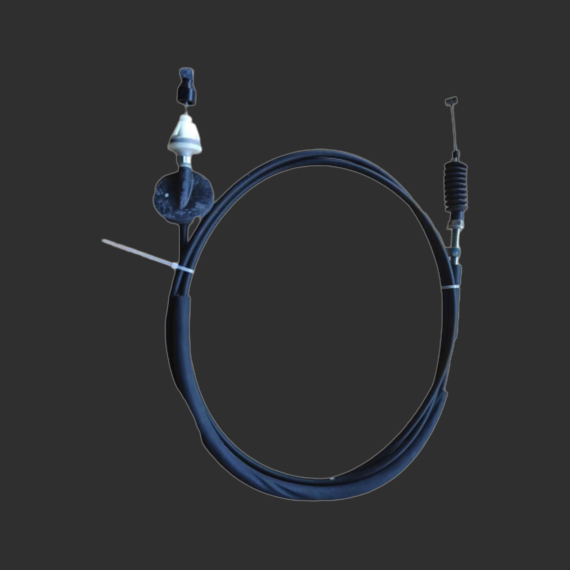cable gas pedal
The Intricacies of the Cable Gas Pedal A Closer Look
In the realm of automotive engineering, the gas pedal, also known as the accelerator pedal, is a critical component that directly influences a vehicle's performance. While many drivers may take this component for granted, an in-depth understanding of the cable gas pedal reveals its complex functionality and significance in the driving experience.
At the heart of the traditional gas pedal system is the cable mechanism. This system operates based on a simple principle when a driver presses the gas pedal, a flexible cable connected to the accelerator body pulls a throttle valve open, allowing air and fuel to enter the engine. In this way, the driver can modulate engine power and, consequently, vehicle speed.
Historically, the cable gas pedal was the standard method for controlling engine throttle. However, in recent years, the automotive industry has seen a shift towards electronic throttle control (ETC) systems. While ETC systems have several advantages, the cable gas pedal still holds its ground in various applications, particularly in older vehicles and certain performance-oriented models.
One of the defining attributes of the cable gas pedal is its simplicity
. The mechanical linkage between the pedal and the throttle makes for a straightforward design with minimal components, which translates to lower production costs and ease of maintenance. This simplicity also means that drivers can often experience a tactile connection with their vehicle. The direct feedback from the cable system can enhance the driving experience, making it feel more engaging compared to its electronic counterparts.cable gas pedal

In terms of performance, the cable gas pedal offers an immediacy that many drivers appreciate. When a driver pushes the pedal, the response from the engine can be nearly instantaneous. This direct action-reaction relationship appeals to performance enthusiasts who seek precision and control. In racing and motorsports, where every millisecond counts, the reliability and predictability of a cable gas pedal can be crucial.
However, the cable gas pedal is not without its drawbacks. Over time, cable systems can experience wear and tear, leading to issues such as throttle lag or cable fraying. In contrast, electronic systems can offer more sophisticated calibration and diagnostics, which can enhance overall performance and safety features in modern vehicles. For instance, ETC can allow for advanced functions like cruise control, traction control, and adaptive driving modes, which are often harder to implement with a purely mechanical throttle system.
Despite these advancements, the cable gas pedal continues to be favored in certain contexts. Many purists and car enthusiasts prefer the analog nature of a cable system, arguing that it provides a more authentic driving experience. Additionally, for off-road vehicles or machinery that require maximum reliability in rugged conditions, the simplicity of a cable throttle can often be more advantageous than a complex electronic system.
In conclusion, the cable gas pedal represents a fascinating intersection of engineering, tradition, and driver engagement. While the automotive industry progresses towards more modern solutions, the cable system remains relevant, particularly among those who value direct control and simplicity. As we look to the future of automotive technology, the balance between innovation and the nostalgic charm of traditional systems will likely continue to shape our driving experiences. Whether you’re cruising down the highway or navigating through rough terrain, the humble cable gas pedal stands as a testament to the principles of mechanical ingenuity—proving that sometimes, simplicity can be the key to an exhilarating driving experience.
-
Workings of Clutch Pipe and Hose SystemsNewsJun.04,2025
-
The Inner Workings of Hand Brake Cable SystemsNewsJun.04,2025
-
The Secrets of Throttle and Accelerator CablesNewsJun.04,2025
-
The Hidden Lifeline of Your Transmission Gear Shift CablesNewsJun.04,2025
-
Demystifying Gear Cables and Shift LinkagesNewsJun.04,2025
-
Decoding Clutch Line Systems A Comprehensive GuideNewsJun.04,2025
